Window & Door
Polyurethane foam for various type of installations.
According to CEI 64-8, art. 511.1 Window & Door has successfully passed the 850 °C Glow Wire Test as per CEI EN 60695-2-11 (certificate available on
request). It can therefore also be used for fixing electrical conductors and junction boxes.
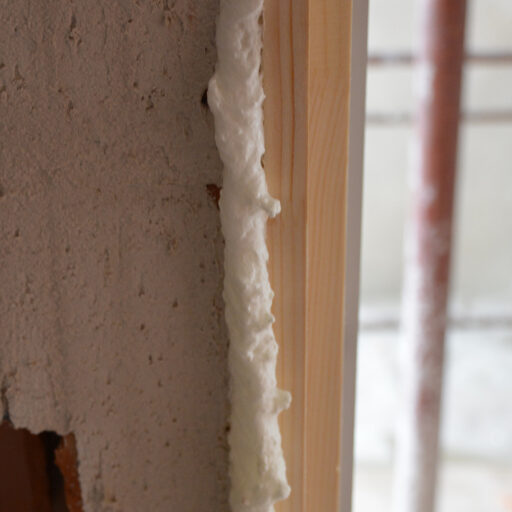
Discover more
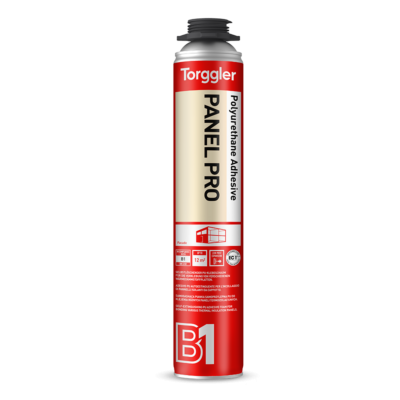
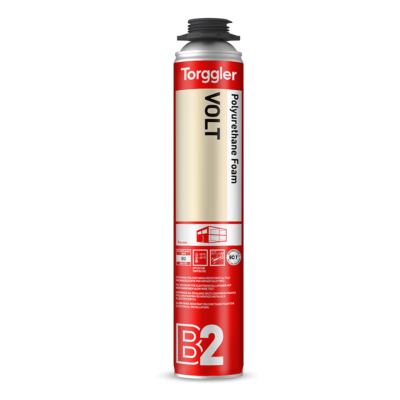
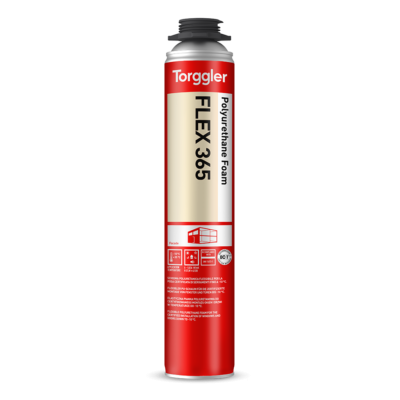
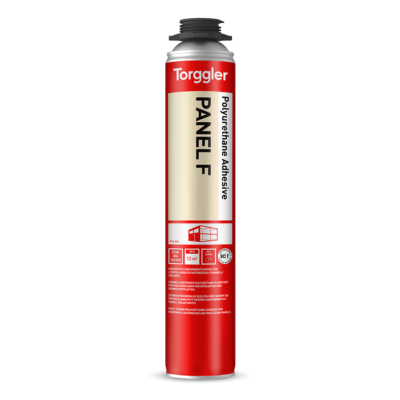
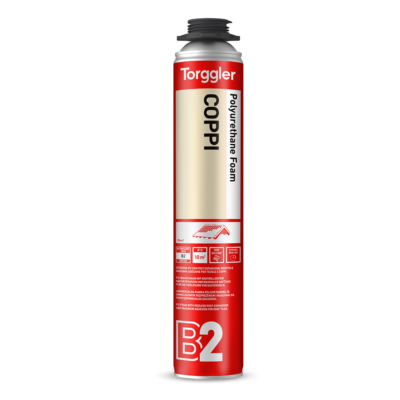
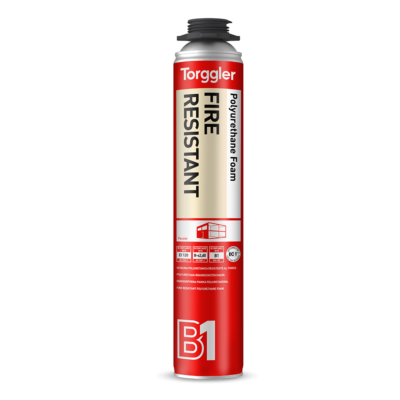
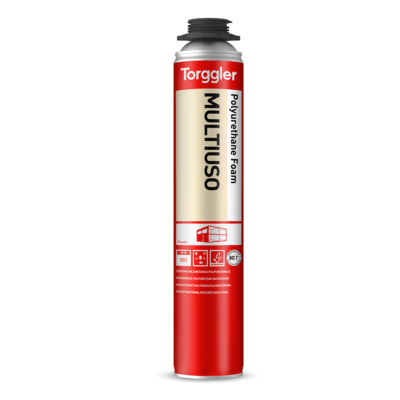
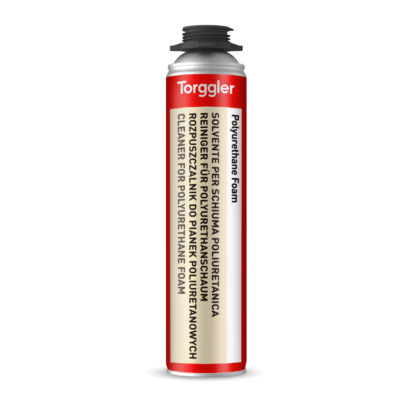
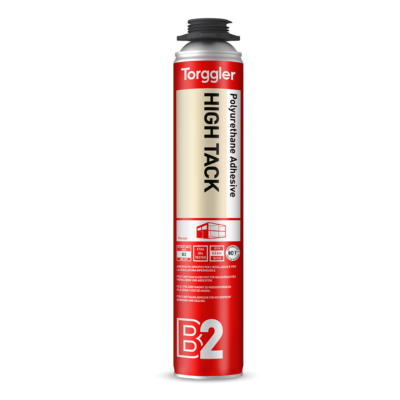
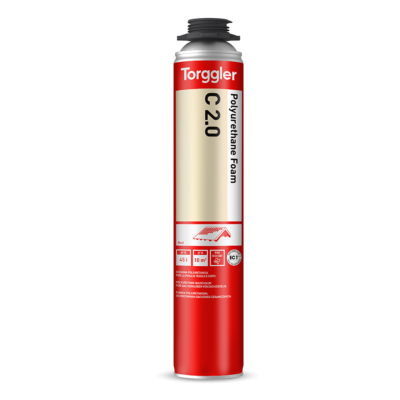
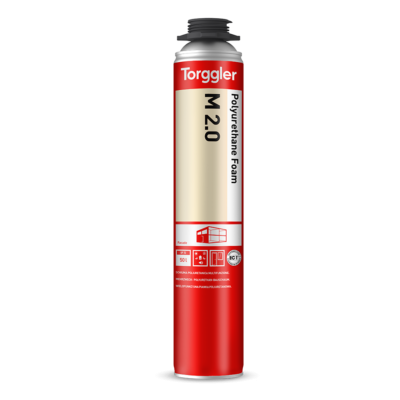
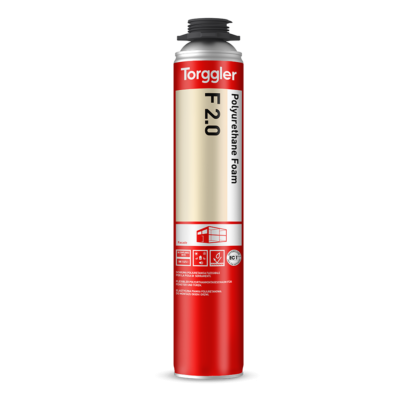
Window & Door is ideal for sealing and plugging, filling, gluing, securing, insulating and sound-proofing due to its even, mainly closed cell structure, dimensional stability and mechanical properties of the cured foam. The use of a special mixture of propellants in the formulation enables it to be used at ambient temperatures as low as -10 °C. Furthermore, the fine and uniform cellularity of the hardened foam gives it good thermal insulation and acoustic isolation propierties (see test reports of “Istituto Masini 1016-2 008 dated 31.03.2008” and “IFT 16732059 dated 09.22.2006”). It adheres firmly to wood, concrete, brickwork, asbestos cement, metal, glass and plastic with the exception of polyethylene, Teflon and silicone, and the hardened foam maybe cut, holed, sanded, painted and plastered. The product awarded the EC 1 Plus label by the GEV association for very low emissions of volatile organic compounds.
Cleaning
Traces of uncured foam on clothing, doors, window frames, etc. can be removed with specific
solvent. Hardened foam can only be removed mechanically (e.g. by scraping or sanding).
Observations
The yield of the foam depends greatly on the temperature, the canister and the substrate. At low temperatures both the output pressure of fresh material from the valve and the amount of hardened foam are reduced. To obtain a good yield, it is recommended that the canister be at a temperature of approx. 20°C. At higher temperatures it can be difficult to dose the product correctly, as the increase in pressure inside the cylinder makes it less easy to control the escape of material from the valve.
Keep in a cool place in an upright position. Avoid storing the canister in a horizontal position, as incrustations rapidly form under the valve which will irreparably compromise the extrusion of the foam. Window & Door has a shelf life of at least 18 months if stored upright in a cool (at a temperature below 25°C) and dry place.
Completely water-saturated substrates and structures prevent the foam from adhering.
The Window & Door can is a pressurized container. Protect from sunlight and do not expose it to temperatures above 50 °C. Do not puncture or burn, even after use. Do not spray over an open flame or on an incandescent element. Keep away from all sources of combustion. No smoking. Keep out of the reach of children. This product contains flammable components, so only use it in well-ventilated areas. There is the risk that explosive vapour/air mixtures may form, especially if more than one canister is used in the same location. Contains diphenylmethane-4,4’-diisocyanate (EEC no. 615-005-00-9). Extremely flammable. Harmful by inhalation. Irritating to eyes, respiratory system and skin. In case of contact with eyes, rinse immediately with plenty of water and seek medical advice. After contact with skin, wash immediately with plenty of soap and water. Wear suitable protective clothing and gloves. In case of insufficient ventilation wear suitable respiratory equipment. In case of accident or if you feel unwell seek medical advice immediately (show the canister where possible).
| Color | Code | Application | Packaging | Packaging size | Pallet | Barcode |
|---|---|---|---|---|---|---|
| Natural yellow | 6345 | Manual application | can | 12x750 ml |
42 cardboards
|
|
| Natural yellow | 6347 | Gun application | can | 12x750 ml |
42 cardboards
|
According to CEI 64-8, art. 511.1 Window & Door has successfully passed the 850 °C Glow Wire Test as per CEI EN 60695-2-11 (certificate available on
request). It can therefore also be used for fixing electrical conductors and junction boxes.
| PARAMETER AND TEST METHOD | MANUAL | GUN |
| External temperatureduring application | from -10°C to +35°C | from -10°C to +35°C |
| Operating temperature | from -40°C to +120°C | from -40°C to +120°C |
| Skin-over at 23 °C and 50% RH (MIT 87*) | 10 -13 minutes | 9 – 10 minutes |
| Cutting of 20 mm diameter bead at 23°C and 50% (MIT R/08*) | approx. 25 minutes | approx. 20 minutes |
| Density (after non-free foaming) (MIT 50*) | 21 kg/m3 | 15 kg/m3 |
| Indicative yield | 45 l | 45 l |
| % Post-expansion kerb | 20 – 25 % | 15 – 20 % |
| Tear strenght | approx. 10 N/cm2 | approx. 10 N/cm2 |
| Shear strength at 10% deformation: (at 23 °C and 50 % U.R.) | approx. 4 N/cm2 | approx. 4 N/cm2 |
| Linear dimensional variation: (23°C – 50% U.R.) (MIT 52*) | <3% | <3% |
| Fire resistance (DIN 4102) | B2 | B2 |
| Water resistance | excellent | excellent |
| Detergent resistance | excellent | excellent |
| Chemical agent resistance | good | good |
| UV ray resistance | poor | poor |
| Micro-organism resistance | excellent | excellent |
Free expansion: up to 45 litres.
Non-free expansion: up to 35 litres.
The values indicated refer to laboratory conditions and they can vary significantly depending on the application and ambient conditions.
Contact our team for personalized support and product guidance.